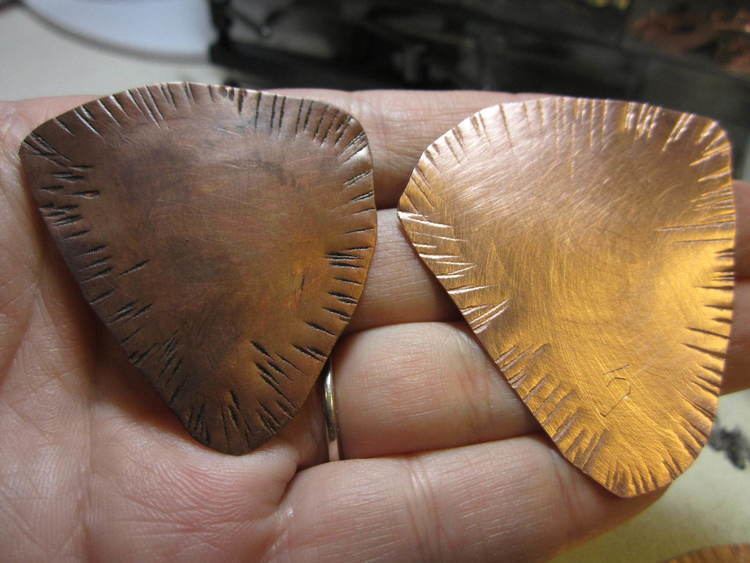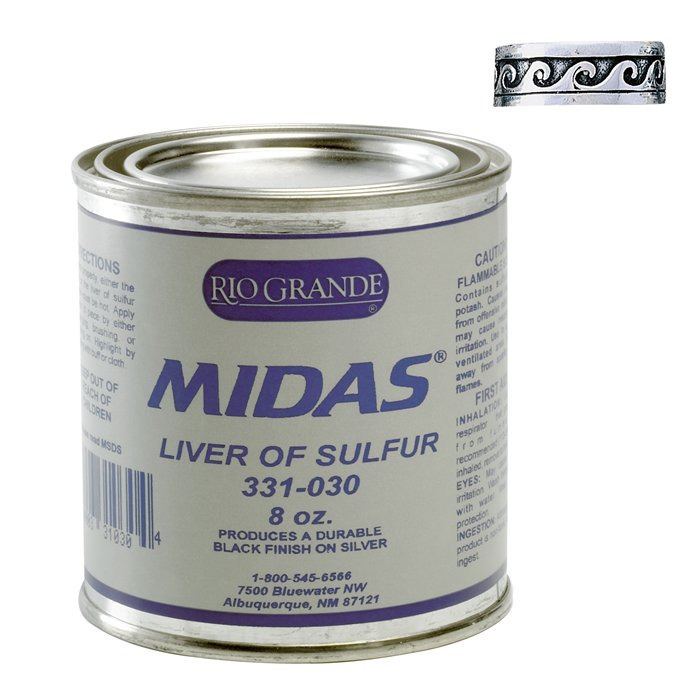 | ||
How to work with liver of sulfur
Liver of Sulfur is a poorly defined mixture of potassium sulfide, potassium polysulfide, potassium thiosulfate, and probably potassium bisulfide. Synonyms include hepar sulfuris, sulfur, sulfurated potash and sulfurated potassa.
Contents
- How to work with liver of sulfur
- Part 1 liver of sulfur patinas on silver brass bronze and copper with cool tools patina gel
- Lump form
- Medical use
- References
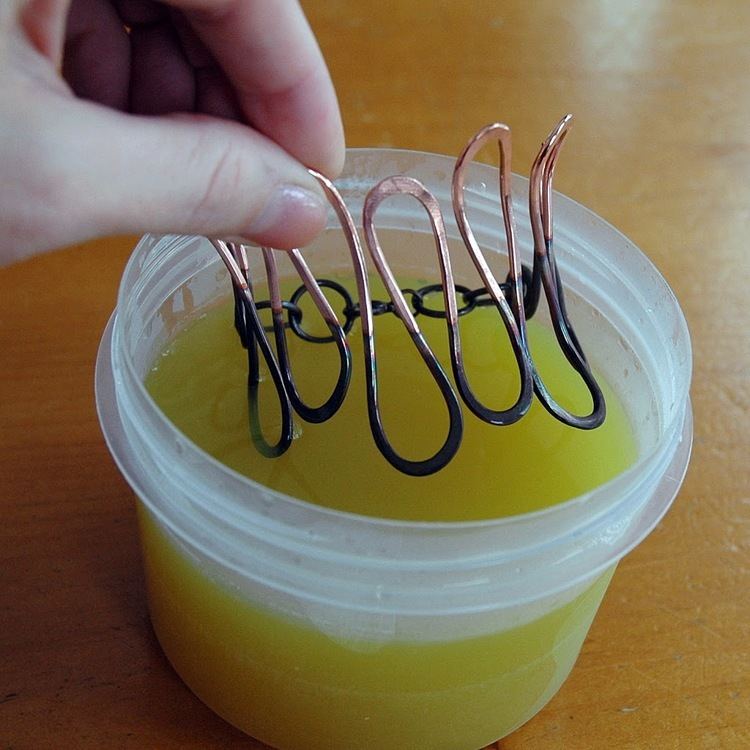
Liver of sulfur is mainly used in metalworking to form a patina, turning copper alloys brown or black.
Typically liver of sulfur comes in a dry rock form which must be broken into smaller pieces and dissolved in hot water for use.
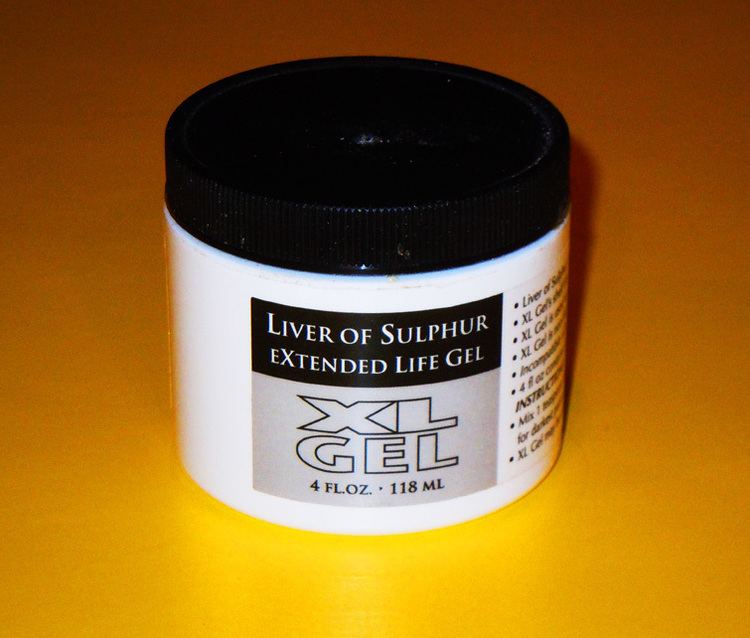
Part 1 liver of sulfur patinas on silver brass bronze and copper with cool tools patina gel
Lump form
The drawbacks to liver of sulfur in dry form are the following:
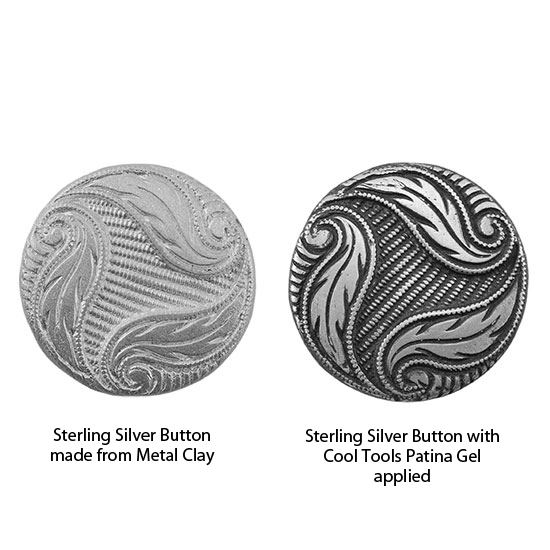
Shelf Life: Lump form liver of sulfur has a very short shelf life (about six months under the best of conditions). It is also light-sensitive, and regular exposure to strong light will shorten its shelf life still further.
Flammability: Lump form liver of sulfur is considered a flammable solid.
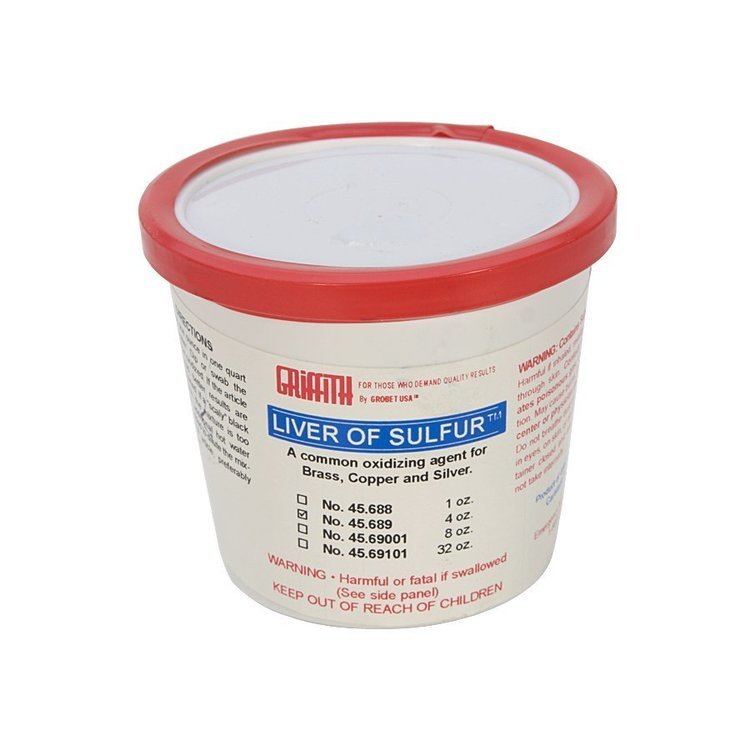
Inhalation hazard: Lump form liver of sulfur can cause an inhalation hazard due to the dust created by handling it or breaking the larger chunks into smaller pieces.
Medical use

Liver of sulfur was once used in pharmaceutical preparations such as “white lotion.” At one time sulfurated potash was used to combat arthritis. It eventually fell into disfavor for medical purposes because sulfides and polysulfides are toxic.
